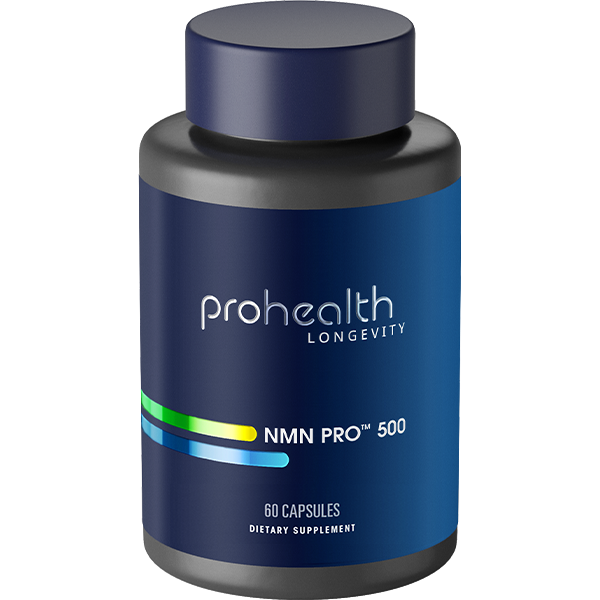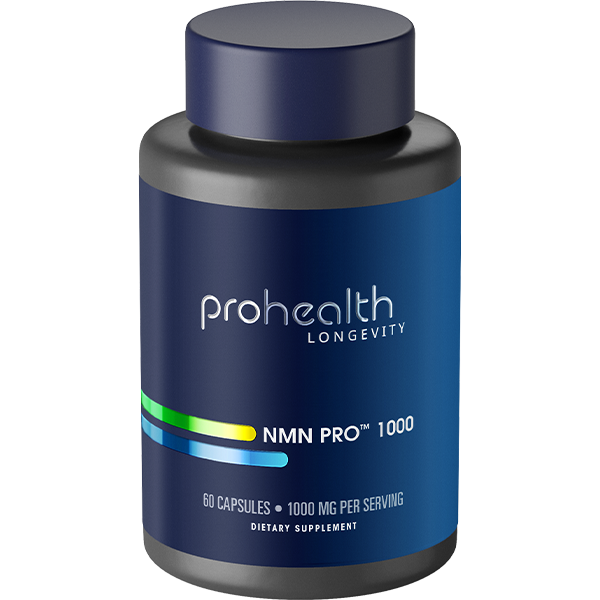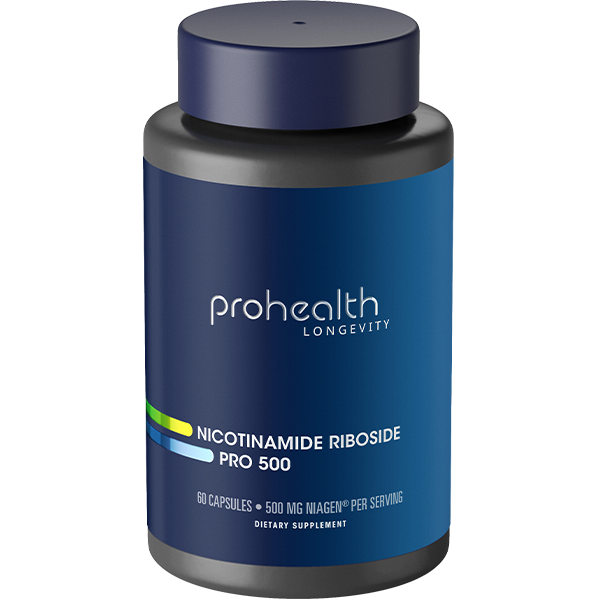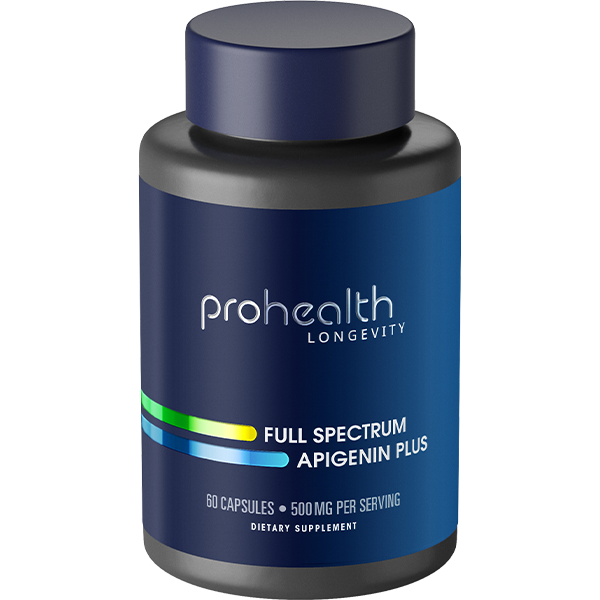NAD+ supplements are dietary supplements that contain precursors to NAD+, a coenzyme involved in countless biological processes. These supplements are designed to support more youthful levels of NAD+ in older adults, since this coenzyme naturally decreases at a rate of 1% per year.
Shop NAD+ Booster Supplements

which supplements
are right for you?
Everybody is different, and our Longevity Health Pros are available to help you find the right supplements for your unique body and life.
By answering a few short questions, we will match you with the right Longevity Health Pro from an elite team of advisors led by Tina Vrablic, PhD. Communicate over text whenever you have a supplement question.
NAD+ Declines By 1% Per Year
NAD+ boosters support cellular communication and energy production. As we age, our levels of NAD+ naturally decline at a rate of 1% per year, so by age 50, we have depleted our NAD+ stores by half. NAD boosters can effectively raise NAD+ levels.
Incorporating an NAD+ booster into your routine enhances NAD+ levels, aiding in the restoration of cells' youthful function. They have been demonstrated to support DNA health, support brain and heart function, enhance energy levels, and encourage longevity and overall health with advancing age.
A substantial and growing body of research in both animal models and humans has illustrated that an NAD+ supplement can effectively increase circulating NAD+ levels, optimize mitochondrial function, slow age-related physiological decline, and potentially extend lifespan.
Many individuals who incorporate an NAD+ booster into their daily regimen report noticeable improvements in energy, mental clarity, and mood within just a few weeks. Sustained use of an NAD+ supplement can foster health and vitality, empowering you to live a longer and more vibrant life.
NAD+ BOOSTER HEALTH BENEFITS
Clinically Proven NAD+ Boosters
Clinically Proven. ProHealth is the only company in the world that sells both Uthever and NIAGEN brand NAD+ boosters. Only Uthever and NIAGEN are the exact forms of NAD+ booster used in the vast majority of the published research. If it's not Uthever or NIAGEN there's no way to tell what you're actually getting.
Quality Manufacturing Practices. All of our NAD+ supplements are manufactured in FDA-registered, GMP-certified facilities.
Third-Party Tested in the USA. Every batch is third-party tested in US laboratories to ensure the highest quality, purity and potency. Signed Certificates of Analysis are always published on each product page.

The ProHealth Advantage
frequently asked questions
What are NAD+ Supplements?
How do NAD+ Supplements Work?
NAD+ supplements work by providing your body with precursor molecules that can be efficiently converted into NAD+ by a short series of enzymatic reactions. It’s thought that supplying the body with NAD+ to replace what is lost over time can lead to various health benefits associated with a more youthful biological profile.
Is NAD+ Dangerous?
NAD+ is naturally occurring in the body and is essential for cellular health. When taken as a supplement within recommended doses, NAD+ is generally safe. However, very high doses of NAD+ may have side effects, including nausea, fatigue, headache, diarrhea, and indigestion. These side effects resolve quickly as the excess NAD+ is metabolized. If you experience these side effects, consider a lower dose in the future.
Which NAD+ supplement is the best?
The best NAD+ supplement can vary depending on individual needs, health status, and desired outcomes. It is exactly for this reason that we carry so many varieties and doses of NAD+ supplements. If one form doesn’t produce the effect you are looking for, or it doesn’t fit your lifestyle, choose another until you find the one that meets your needs.
Where is NAD+ Made?
NAD+ is synthesized within the body from various dietary sources, including tryptophan, nicotinic acid, and nicotinamide, all found in various foods. Additionally, NAD+ can be synthesized from precursor molecules that contain the backbone of this coenzyme, and can efficiently be converted when available.
Does the Form of NAD+ Matter?
The form of NAD+ supplement is ultimately up to the delivery method you prefer. Each offers unique benefits, however the NAD+ boosting effects are the same for each type of supplement we carry.
Should I Take NAD+ Supplements on An Empty Stomach or With Food?
While our NAD+ boosters are water soluble and can be taken on an empty stomach, many people choose to take them with food to avoid potential stomach discomfort.
How Do I Store NAD+ Boosters?
Store your NAD+ supplement in a cool, dry place. Humidity and excess heat will destroy the product, so avoid storing it in the bathroom or near the stove.
Will an NAD+ Supplement Make Me Look Younger?
An NAD+ boosting supplement is proven to help reverse biological age by nearly 12 years, but we can’t guarantee an NAD+ booster will make you look younger. Maintaining healthy lifestyle habits in combination with supplements can help support a healthier, longer life.
What Other Nutrients Work Synergistically with NAD+ Boosters?
Two ingredients found in our Pro Complete collection, Resveratrol and TMG work synergistically with NAD+ boosters. Resveratrol boosts the effectiveness of NAD+ precursors and TMG helps to replace methyl groups that may be depleted during NAD+ synthesis.










